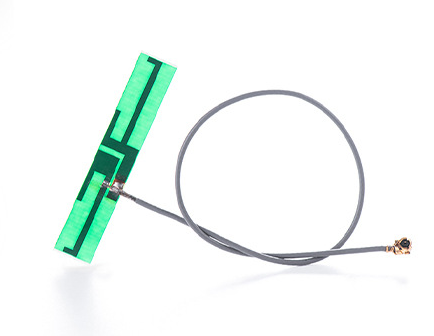Principles and related technologies of dual polarization antennas
Dual polarization antenna

There are two other cases of single polarization:+45 ° polarization and -45 ° polarization, which are only used in special situations.
In this way, there are four types of single polarization. By combining antennas with vertical polarization and horizontal polarization, or by combining antennas with+45 ° polarization and -45 ° polarization, a new antenna - a dual polarization antenna - is formed. Note that a dual polarized antenna has two joints. The dual polarized antenna radiates (or receives) waves that are orthogonal (perpendicular) to each other in space.
Antenna polarization loss
Vertical polarized waves should be received using antennas with vertical polarization characteristics, while horizontal polarized waves should be received using antennas with horizontal polarization characteristics
To receive. Right-handed circularly polarized waves need to be received by antennas with right-handed circularly polarized characteristics, while left-handed circularly polarized waves need to be received by antennas with left-handed circularly polarized characteristics.
When the polarization direction of the incoming wave is inconsistent with the polarization direction of the receiving antenna, the received signal will decrease, which means polarization loss occurs. For example, when using a+45 ° polarized antenna to receive vertically polarized or horizontally polarized waves, or when using a vertical polarized antenna to receive+45 ° polarized or -45 ° polarized waves, polarization loss occurs. Using a circularly polarized antenna to receive any linearly polarized wave, or using a linearly polarized antenna to receive any circularly polarized wave, and so on, will inevitably result in polarization loss - only half of the energy of the incoming wave can be received.
When the polarization direction of the receiving antenna is completely orthogonal to the polarization direction of the incoming wave, for example, when a horizontally polarized receiving antenna receives a vertically polarized incoming wave, or when a right-handed circularly polarized receiving antenna receives a left-handed circularly polarized incoming wave, the antenna cannot receive the energy of the incoming wave at all. In this case, the polarization loss is the maximum, which is called complete polarization isolation.
Antenna polarization isolation
There is no ideal polarization complete isolation. The signal fed into a polarized antenna always has a slight difference
Appears in another polarized antenna. For example, in the dual polarization antenna shown in the figure below, if the power input to the vertically polarized antenna is 10W, the output power measured at the output end of the horizontally polarized antenna is 10mW.





